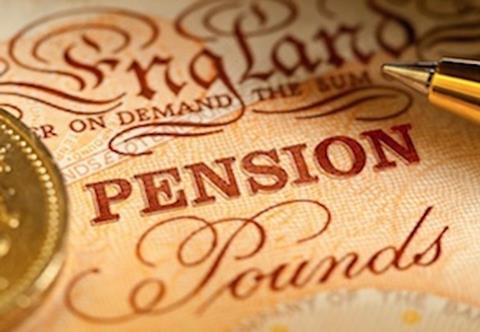
The government has frozen the workplace pensions auto-enrolment trigger at £10,000 a year.
The earnings trigger for employees to be automatically enrolled into a workplace pension arrangement will be frozen at £10,000 a year for the 2017-18 tax year, meaning that employees who earn this amount or more will automatically be entered into a workplace pension by their employer.
The government has proposed increasing the lower limit qualifying earnings band from the current £5,824 to £5,876 for 2017-18, with the upper limit rising from £43,000 to £45,000.
The Department for Work and Pensions (DWP) has also confirmed that the 2017 review of auto-enrolment will look at how auto-enrolment can be utilised by those who currently cannot benefit from the arrangement, such as employees who have multiple jobs and do not qualify for auto-enrolment in any of these positions, and how to help those who are self-employed to save for retirement.
The review will consider the success of auto-enrolment to date and how it can be developed further. This will include an examination of enrolment thresholds and age criteria for when individuals are automatically enrolled.
Other areas to be covered include the level of the charge cap, and the requirements set in legislation relating to the statutory review of the alternative quality requirements for defined benefit (DB) schemes and for the certification requirements for money purchase schemes.
The review will be led by the DWP and supported by an external group of experts from the pensions industry and representatives for member and employer interests.
Damian Green, secretary of state for work and pensions, said: “After years of people not saving enough, automatic enrolment is helping millions of people, many of whom are low earners, benefit from a workplace pension. This will continue to boost retirement pots and help safeguard people’s standard of living in later life.”
Kate Smith, head of pensions at Aegon added: “Automatic enrolment has been a success, but to keep it that way it needs to keep pace with changes in employment trends, encouraging as many people as possible to save sufficiently to meet their retirement income aspirations for later life.
“We welcome the pensions minister’s announcement that the 2017 review of auto-enrolment will look to plug the gaps by extending pension savings to those with multiple low-income jobs, each of which pays below the £10,000 annual threshold for auto-enrolment. It’s also important that pension policy is future fit and finds solutions that work for the growing number of self-employed and gig-economy workers who are not currently benefitting from auto-enrolment. Freezing the annual salary threshold at £10,000 for another year should bring more people into pension saving, but with salaries flat-lining, we may need to consider going further."
Joanne Segars, chief executive at the Pensions and Lifetime Savings Association (PLSA), said: “The 2017 review is an opportunity for the government to set a direction for the next decade of automatic enrolment. This should include the creation of an independent commission to advise on how and when to increase contributions in future as well as careful consideration of the current coverage of automatic enrolment.
“With more than two years to go until automatic enrolment is fully rolled out though we need to focus on the immediate jobs in hand: bringing hundreds of thousands of small employers and millions more savers into workplace pensions, and making sure op-out rates don’t increase as contribution rates rise to 8%.”











